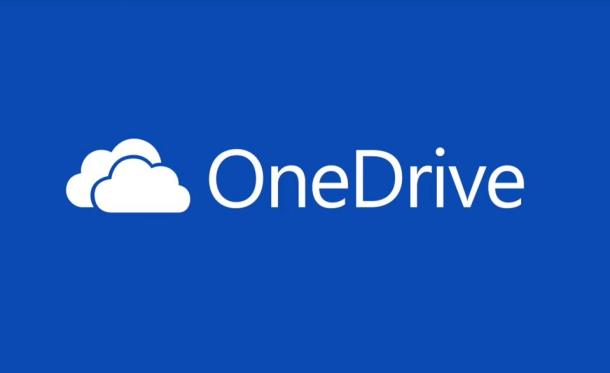Until recently, Google depended on other manufacturers to provide hardware for its Nexus devices. The company would simply get the firmware build of the latest Android version out to a tied-up manufacturer who would build a device according to Google’s guidelines. This practice changed this year when the tech giant announced the Pixel C.
The Pixel C is officially the first ‘pure’ Google device in the market. Yeah, that means on both the hardware and software fronts. The 10.2-inch tablet is completely homegrown by Google and lucky for us, it’s been rolling out for a while now.
The Pixel C is next in line after last year’s HTC Nexus 9. It’s got a 10.2-inch diagonal display with a somewhat strange aspect ratio of 1:√2. This is the kind of setup you’d see on standard traditional paper which, even if cut in half, would provide the same aspect ratio. This will surely be a lot useful when it comes to multitasking.
While the size factor is all right (it’s just a little over an inch bigger than the Nexus 9) there’s another thing that adds to the table. The Pixel C weighs significantly higher than its ‘predecessor’. At 517 grams, the tablet is almost 100 grams heavier than the HTC Nexus 9. While this might seem a bit too much for an inch increase in size, bear in mind the build quality of the latest tablet from Google.
The build of the Pixel C is just amazing, to say the least. Google has deviated from traditional plastics and built their tablet using anodized aluminium. So, in many ways, the Pixel C will remind you of Apple’s high grade devices.
Another plus on the build of the Pixel C is that it has lost a mm in its thickness.
Going technical, the device is powered by the NVIDIA Tegra X1 processor with a Maxwell GPU. It has got 3GB of RAM under the hood and comes in with 32 or 64 GB of internal storage.
It runs Android 6.0 Marshmallow, out of the box and ships with all the other goodies that you’d come to expect from a high end tablet device.
Moving on to the display, to be completely honest, the Pixel C’s display will blow your mind away. The 10.2-inch IPS LCD panel on the Pixel has a resolution of 2560×1600. This equates up to an awesome pixel density of 308ppi. This, in itself, is enough to get anyone’s eyeballs rolling, but that’s not all. The Pixel C’s panel also has great colour saturation and contrast. Overall, the display is just plain great.
The camera sensors on this bad boy aren’t too bad either. The rear-facing shooter is an 8MP sensor, while there’s a 2MP camera on the front. There is, however, no flash.
The next big thing that you might want to know about the Pixel C is its well advertised keyboard docking system. The Pixel C can be coupled with an external keyboard for extended battery life and more flexible performance (laptop anybody?).
There are two available models of keyboard attachments for the Pixel C in the market.
There’s the leather-esque folio type which is great to look and feel but adds a few extra millimetres to the whole setup. And then there’s the regular keyboard which is a little less thicker.
In the folio design, the tablet connects to a back plate via strong magnets. The tablet can then be folded over onto the Bluetooth keyboard when not in use. The regular keyboard, on the other hand, comes in with built-in hinges over an anodized back. Both these setups are fairly easy to use.
Both the keyboards can be charged by the tablet when you close them together. This eliminates the need for an external USB port for charging.
The keyboards might be an excellent add on but they still add to the bulk of the device. Also, they cost a hefty $149. So are they a necessity? We’d have to say no. Although they are pretty cool.
The user interface on the Pixel C has also seen slight deviations from traditional Android. The stock onscreen buttons have now been split into two parts. The home and back keys on the left edge and the recent apps button on the right. This sums up for better thumb control.
One thing to bear in mind is that if you are someone who’ll be using the keyboard dock a lot, many apps in the Playstore are portrait exclusive which could turn into a problem.
Well, from what you’ve read now, you might go ahead and assume that the Pixel C is the next Nexus device. While this is partially true, the Pixel C, in reality, starts a whole new era of Android tablets. It runs stock Android without any bloatware. Development is also similar except that it gives you a command line-out interface instead of the traditional bootloader. You also get a standard (sort of) recovery and Google has also released factory images.
The company also says that the device will get updates on a regular basis.







